Retaining walls are essential for those with sloping outdoor spaces. But they have to be built properly to ensure that they can provide the protection that's expected from this kind of structure. Speaking of which, do you need to have them waterproofed to enhance their durability? We asked the experts regarding this matter and here's their reply.
It is better to have your retaining walls waterproofed to protect them against hydrostatic pressure and water damage. This way, they will last longer. If the pressure isn't too heavy, you can have them damp-proofed instead to help shield them against moisture damage.
Keep on reading to learn more about the importance of waterproofing retaining walls. We'll also tell you the expected lifespan of retaining walls and what causes them to fail. Let's get started!

Do you need to waterproof a retaining wall?
A retaining wall is essential for homes with a steep slope in their yard. This geographical condition makes the land prone to erosion when there are heavy downpours. But with the help of a retaining wall, the soil is contained in its place and the land is made safer and more useful.
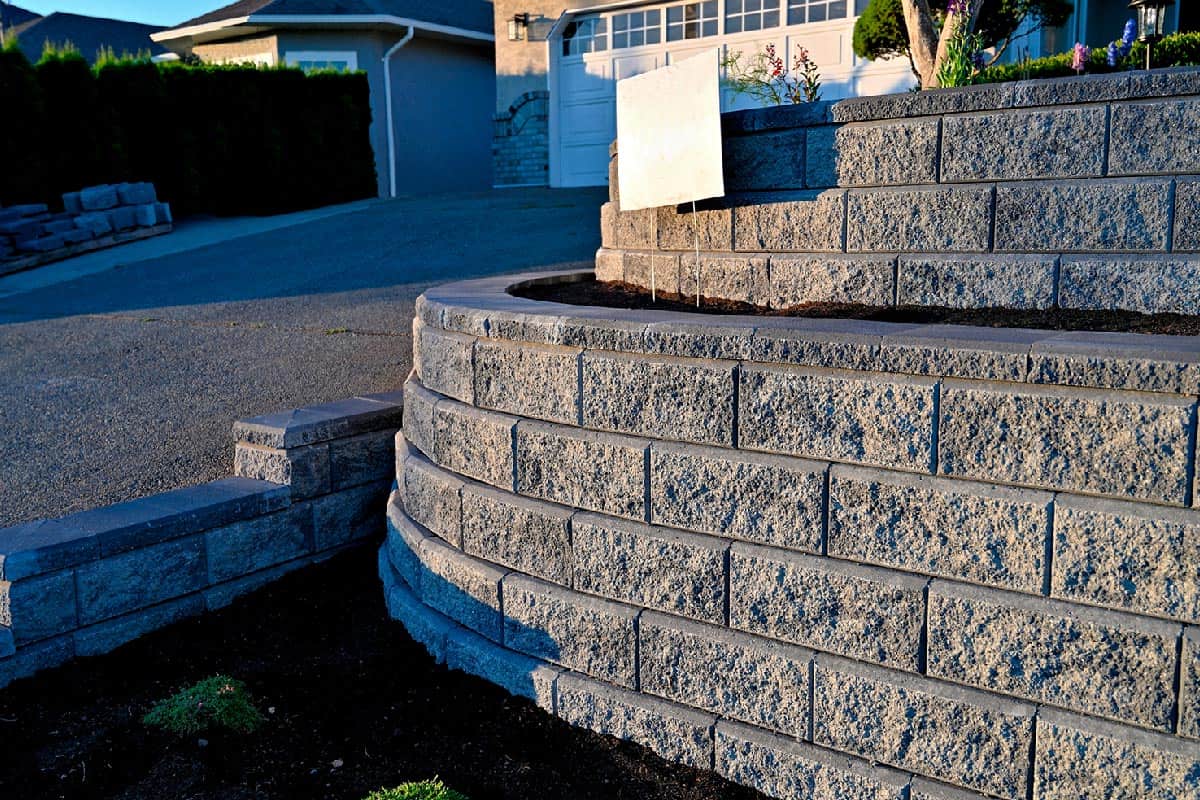
Homeowners can choose what they want to make out of the retained outdoor space. It can be turned into a beautiful garden or the walls themselves could be used for aesthetic purposes to make this area more interesting.
Given this steep task, you would need your retaining wall to be sturdy—one that can endure the force and impact of the soil behind it, especially when there's water involved.
Soil is porous, and depending on its type, it can retain water long after the rain or snow has stopped. This soil is in constant contact with the retaining wall.
This raises the concern above regarding the need to have it waterproofed. Some also have second thoughts about it especially when there is drainage and weep holes already.
Waterproofing is still needed on the wall, specifically on the steep side. This will help protect this side of the wall against hydrostatic pressure. This refers to the force exerted by water in a confined space due to gravity.
Waterproofing protects a given structure from damage caused by water. It has more chances of maintaining its integrity despite continuous contact with water and damp soil.
Consider Damp-proofing Instead
If the hydrostatic pressure in your area isn't too serious, you can have your wall damp-proofed instead. This will prevent moisture from seeping through the material of your retaining wall which would, later on, cause greater damage such as staining, efflorescence, and deterioration.
Yes, having a proper drainage system and weep holes are important. They will direct water away from the wall or allow groundwater to pass through smoothly. This will prevent bulging and cracking of the wall.
However, waterproofing or damp proofing will give an added layer of protection to your retaining wall, shielding the structure from water damage. This way, you can expect your retaining wall to last longer despite the constant pressure against it.
If your retaining wall isn't waterproofed, there are certain waterproofing or damp-proofing treatments above and below the ground that you can apply.
They may involve coating the wall with a waterproof membrane. There are also damp-proofing rods for existing walls. These measures will improve the protection of your retaining wall to make it more durable.
What is the lifespan of a retaining wall?
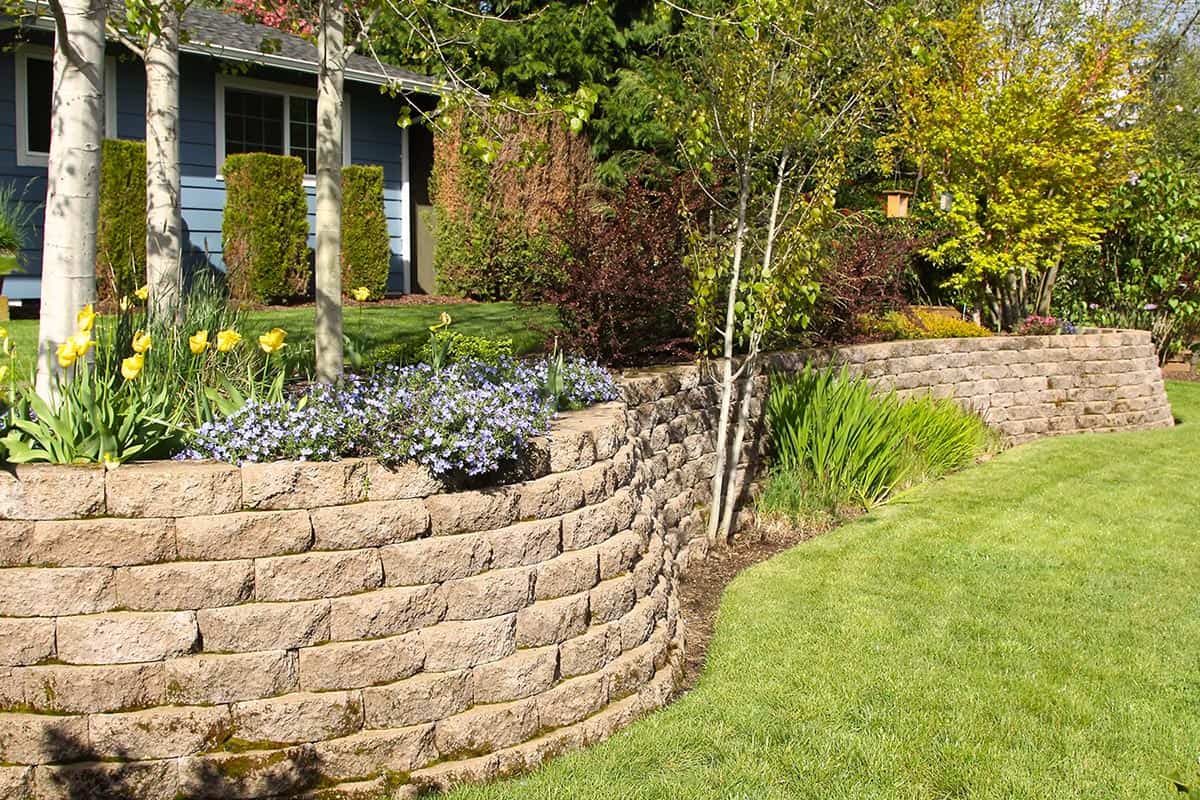
Retaining walls are in a constant battle against gravity. It means that they are consistently subjected to heavy pressure that can take a toll on their structure.
The expected lifespan of retaining walls is between 40 to 100 years. It would largely depend on the materials used, climate, and design and installation of the wall.
Materials
The most common materials used for retaining walls are concrete, timber, interlocking concrete blocks, and stone, brick, or cinder blocks.
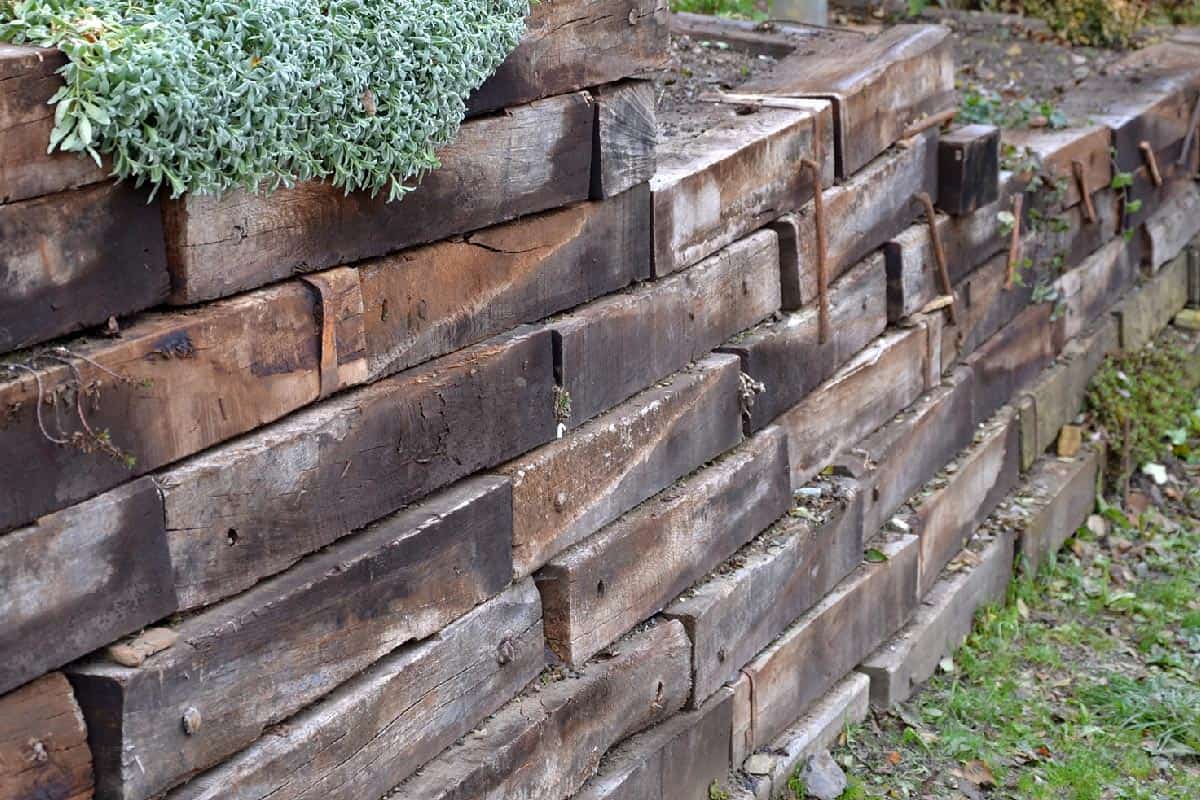
Timber wood has the shortest lifespan because it is easily affected by moisture, pests, and changing weather conditions. Brick lasts the longest because it stands up well to various elements.
Climate
Retaining walls built in areas with a harsh climate would experience faster wear and tear than those in areas with milder weather. Aside from hydrostatic pressure, the intense heat and freezing temperatures can affect the wall's material.
Design and Installation
These are very important aspects that would determine how long retaining walls would last. For example, the wall wasn't designed to handle hydrostatic pressure well or there isn't a proper drainage system to direct water away from the wall.
Walls that were not built with the right design to suit the needs of the particular place or are not improperly installed won't last long even if you use bricks for your material. That's why it is important to get the services of trusted professionals to build your retaining wall so that you can be assured of the quality.
Other factors that influence the durability of retaining walls are maintenance and unexpected events that could damage the structure.
What causes retaining walls to fail?
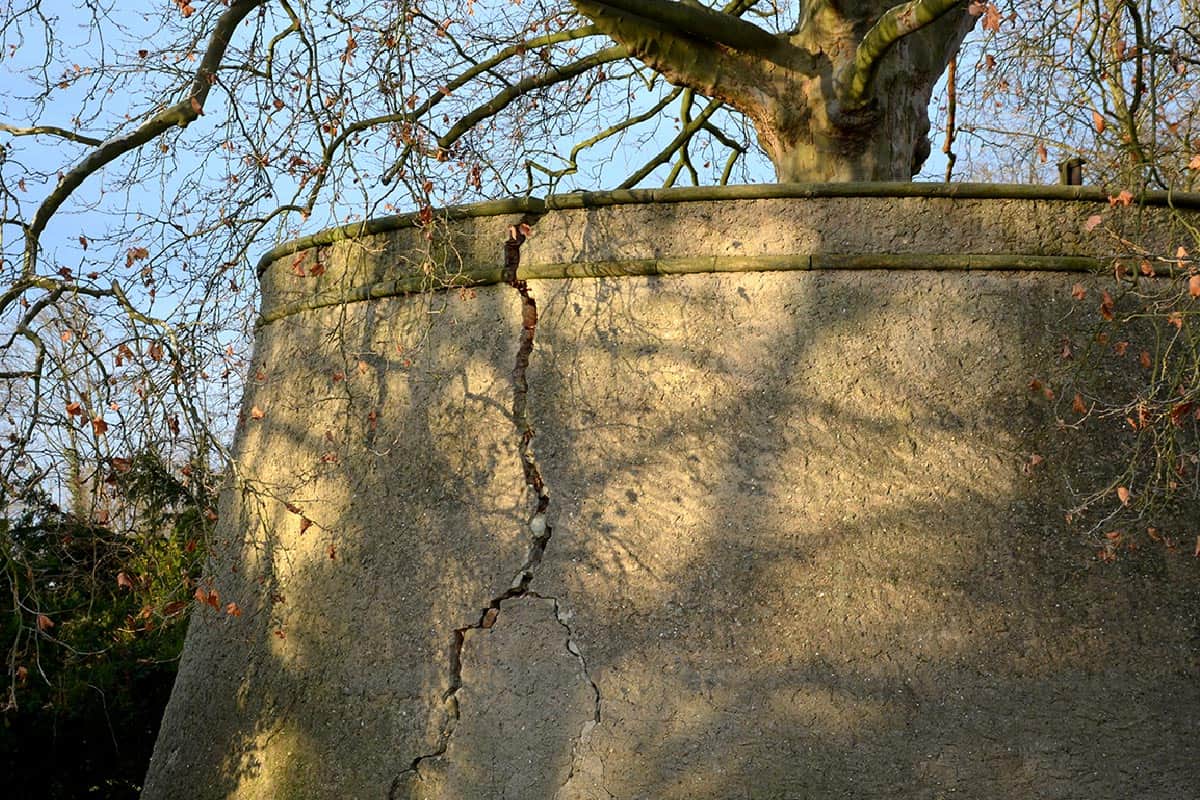
When we talk about retaining walls failing, we mean that their ability to hold back the soil behind them is significantly reduced.
When you notice that your wall has bulges, deep or long cracks, or it is leaning on the side, these are telltale signs that your retaining wall is failing. This can be a dangerous hazard to people and things around the structure.
There are different reasons why retaining walls fail. It could be any or a combination of the following.
Improper Drainage
When the water is not directed away from the wall, it causes greater hydrostatic pressure. The soil becomes saturated with water and this is substantially heavier than dry soil. This is why it is harder for the wall to resist the constant heavy load.
Bad Foundation
Foundation is very important. It is the base where the entire structure is built upon. If the right materials weren't used and they weren't compacted well, you will have a shaky foundation to begin with.
Poor Construction Materials
It could be that the materials used for the backfill and main wall weren't suited for the job. They might not be able to handle the weight of the dirt, especially when there's hydrostatic pressure already. In the end, they will crumble under pressure.
Age
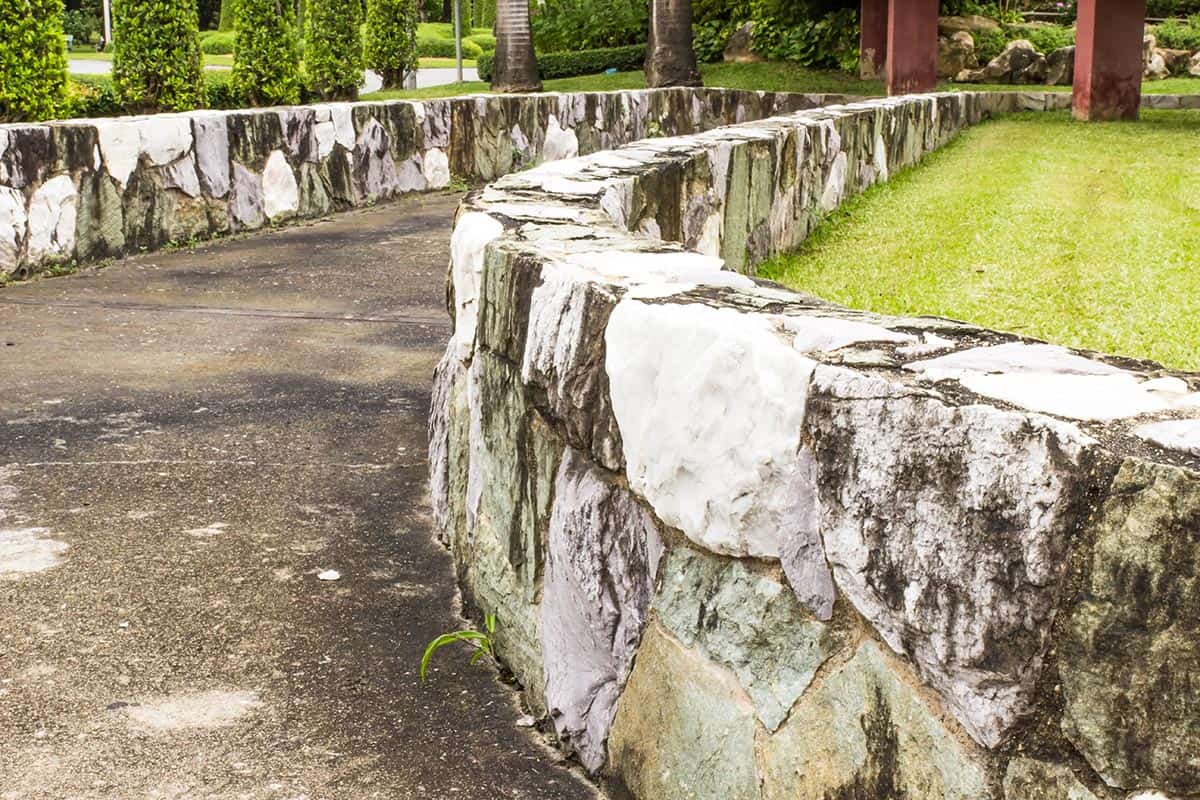
We've already discussed the expected lifespan of retaining walls. They are subject to wear and tear and would eventually give in. Some materials can last longer while some could only be able to handle the pressure for so long.
These are the main reasons why retaining walls fail. As you can see, you must get the services of professionals so that they can ensure the quality of your retaining wall.
This would help ensure that you won't deal with improper drainage, bad foundation, and poor selection of construction materials. When it comes to age, you have the option to choose longer-lasting materials that'll also suit your budget.
Final Thoughts
Waterproof your retaining walls so that they are protected from water damage. This way, they can maintain their good look, are safer to use, and most importantly, will last longer.
If you're also interested to read about mulch, feel free to visit the following posts:

![A man using a portable vacuum to collect dead leaves, Will A Leaf Vacuum Pick Up Mulch? [Can It Remove Leaves From Mulch?]](https://landscapingbase.com/wp-content/uploads/2022/09/Man-using-a-portable-vacuum-to-collect-dead-leaves-600x400.jpg)

